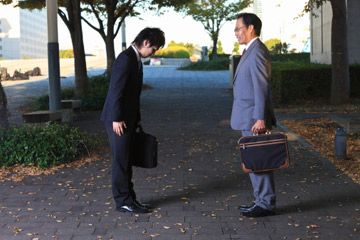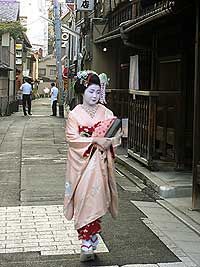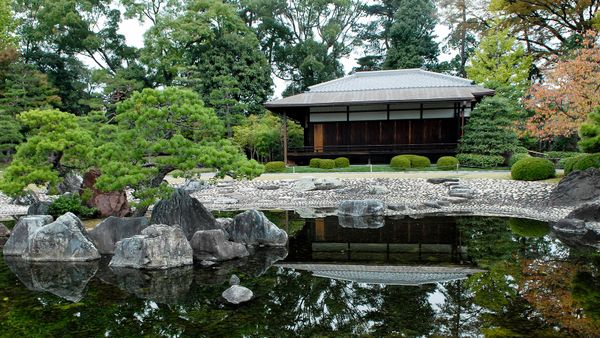In the modern day, hibachi typically refers to a type of Japanese portable grill, popular in the United States, that allows for cooking indoors or outdoors.
But, in the U.S., hibachi has also taken on a different meaning, where it's commonly associated with chefs who grill food right before their customers, providing a hearty and entertaining meal through spatula flips and lightning-fast chopping skills.
"Hibachi, also known as teppanyaki, style cooking, is where a chef will come, in a sense, prepare your dinner right in front of you," says Branden Fatla, general manager at Shinto, a Japanese restaurant and sushi bar in Naperville, Illinois.
"So, with hibachi style dining, you get not only a beautiful dinner to enjoy, but also entertainment as well. So, you know, the showmanship is just as valuable as the quality of the food and the taste," says Fatla.
A common meal cooked hibachi-style in a restaurant will usually involve grilling some fried rice and veggies followed by cooking your choice of meat, which often includes steak or chicken.
"In the sense of protein, you have your common strip steak to you know, your Chateaubriand — which is your prime cut of meat — chicken, swordfish, tuna, calamari, lobster, scallops, salmon. So, there is a wide variety," says Fatla.



